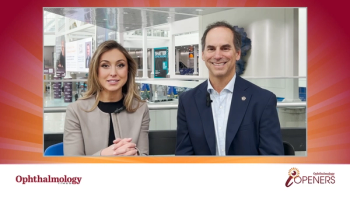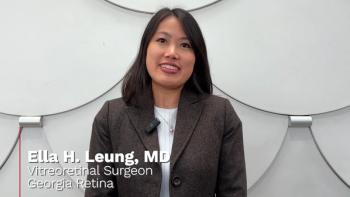
Credit cards can help lower costs and increase revenue
The cost to process a credit card payment is around 50 cents for an average copayment, as opposed to about 35 cents for a check. Credit cards become more cost-effective when the costs of bounced checks and unpaid invoices are factored in.
Practices that do not accept credit cards cite various reasons for that decision, the main one being the cost associated with establishing and maintaining a credit card merchant account. Another factor is the notion that card acceptance somehow contributes to the commoditization of medical care.
This article will provide an overview of the benefits and risks associated with credit card acceptance and consider whether credit card acceptance is essential to a successful practice.
"Ophthalmology practices especially benefit since many provide more services that are not typically covered by payers. Patients, for example, pay out of pocket for LASIK or blepharoplasty," Moore said.
The most common use of credit cards is to pay copayments and deductibles at the time of service. One process that has gained traction among ophthalmology practices allows patients to sign payment authorization forms with their credit card numbers to cover any amount of the total invoice that is not covered by their insurance provider.
Cost-cutting benefits Credit card acceptance has many benefits, the most obvious of which is reducing overhead. AR, or "Accounts Receivable," is the bane of all medical practices. The costs incurred in sending out invoices (labor, supplies, and postage) are rising more rapidly than fees. Setting up a credit card payment system can immediately streamline billing and collecting activities-in fact, nearly 20% of a total bill can be spent on collection (e.g., spend $20 to collect $100.)
In sum, the 2% to 3% transaction processing fees associated with accepting credit cards costs less while shortening the AR cycle.
Another benefit, although less quantifiable, stems from the unfortunate fact that most consumers, regardless of ability to pay, tend to put off settling medical bills. Most patients are aware of the various local laws against charging interest on medical debts, and unless payment is required at the time of service, even copayments as minor as $20 and $30 tend to be relegated to the bottom of their bill pile. When doctors use a credit card merchant account, fees are usually received within 3 business days and the risk of nonpayment (and the cost of late payment) gets transferred to the credit card company. Furthermore, bad debts and fees from bad checks are reduced dramatically.
The cost to process a credit card payment is around 50 cents for an average copayment, as opposed to about 35 cents for a check. Credit cards become more cost-effective when the costs of bounced checks and unpaid invoices are factored in.
Credit cards also increase patient convenience. In many cases, a patient simply does not have enough cash on hand and would gladly use a credit card rather than get a bill later or delay treatment. Also, there is a certain class of consumer-a number that is rapidly increasing-that actually prefers to use credit cards for all transactions in order to consolidate spending and perhaps earn rewards from the card issuer.
Increasing revenue In addition to reducing costs, however, accepting credit cards also can greatly enhance revenue. Vision correction represents one of the largest medical markets in the United States, and practices can promote goods and services to credit-worthy patients with high spending limits. For example, LASIK providers charge anywhere from $299 to $3,000 per eye for LASIK. According to recent statistics, the typical consumer has access to $12,190 in available credit card balances, but more than half of all consumers do not even use 30% of their total credit limit. By offering the option to pay with a credit card, practices can increase the likelihood that the patient will choose to have the service performed now.
Some ophthalmologists may shy away from this form of marketing; others may embrace it. The fact is that in today's medical economic environment, no one should ignore the possibilities.
Newsletter
Don’t miss out—get Ophthalmology Times updates on the latest clinical advancements and expert interviews, straight to your inbox.













































